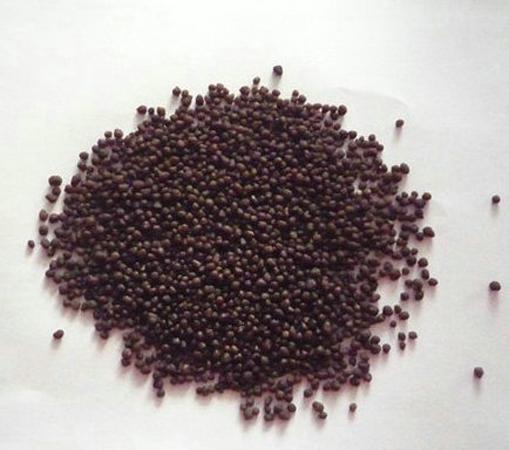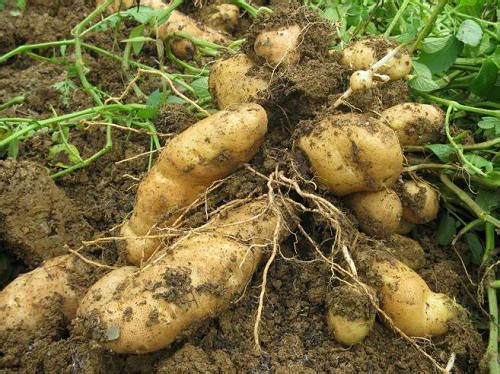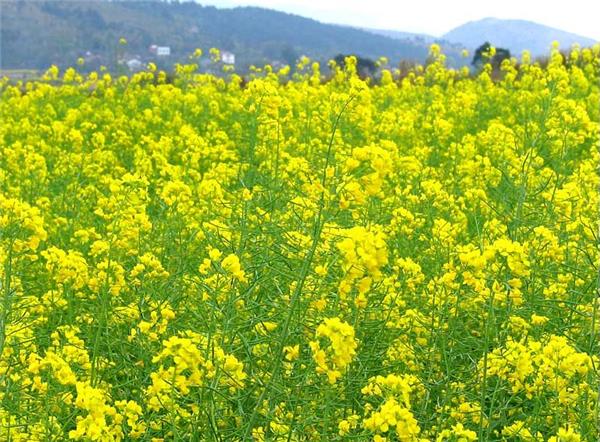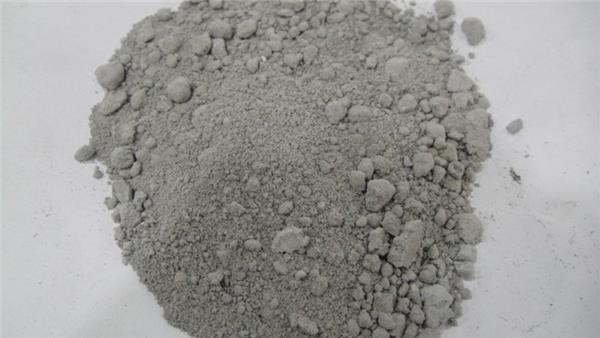[the role of phosphate fertilizer] what are the effects of phosphate fertilizer on plants
For example, chemical phosphate fertilizer is often used in ground planting, and natural phosphate fertilizer is used in house potted plants, and so on.

I. Classification of phosphate fertilizer
1. Natural phosphate fertilizer, such as seabird dung, animal bone meal, fish bone meal, etc.
two。 Chemical phosphate fertilizer, such as calcium superphosphate, calcium magnesium phosphate fertilizer, etc.
According to the solubility of the phosphate, it can be divided into:
1. Water-soluble phosphate fertilizer, such as common calcium phosphate, heavy superphosphate and so on. Easy to dissolve in water, fertilizer effect is faster.
two。 Chinese wolfberry soluble phosphate fertilizer, such as precipitated phosphate fertilizer, steel slag phosphate fertilizer, calcium magnesium phosphate fertilizer, defluorinated phosphate fertilizer, etc. Insoluble in water but soluble in water 2% citric acid solution, the fertilizer effect is slow.
3. Insoluble phosphate fertilizer, such as bone powder and phosphate rock powder. Insoluble in water and 2% citric acid solution, fertilizer effect can not occur until it is gradually transformed into monocalcium phosphate or dicalcium phosphate in the soil.

2. Effect of phosphate fertilizer on plant growth and development.
1. Phosphorus could promote the division and proliferation of root growth point cells, the nutrition of phosphorus was sufficient at seedling stage, and the number of secondary roots increased. The effect of phosphorus on root growth is not in the change of root weight, but in the difference of effective area per unit root weight. Under the condition of low phosphorus, the radius of root decreased and the specific surface area per unit weight increased, thus increasing the absorption of phosphorus by root.
two。 Phosphorus is the constituent element of nucleic acid, phospholipid, phytin and adenosine phosphate in crops. These organophosphorus compounds play an important role in the growth and metabolism of crops. Normal phosphorus nutrition is beneficial to the formation of nucleic acid and nuclear protein and accelerate cell division and proliferation. Promote the growth of nutrients.
3. Phosphorus nutrition level will affect the content of hormones in plants, and phosphorus deficiency affects the transport of plant hormones from roots to shoots, thus inhibiting the formation of flower buds.

Identification methods of nitrogen, phosphorus and potassium fertilizers
1. Commonly used nitrogen and potassium fertilizers are generally white crystals (imported potassium chloride is often reddish, lime nitrogen is black), and soluble in water, commonly used phosphate fertilizer is gray powder, insoluble or partially soluble in water.
two。 If you want to further distinguish between nitrogen and potassium fertilizer, you can grind the fertilizer into powder and burn a small amount of it on a small piece of iron. If you can burn, melt or make white smoke as nitrogen fertilizer; if you do not burn, but beat or burst, it is potash fertilizer. At this point, you can roughly distinguish nitrogen fertilizer, phosphate fertilizer and potash fertilizer.

IV. Self-made nitrogen, phosphorus and potassium fertilizers in daily life
1. Nitrogen fertilizer is the main fertilizer to promote the growth of flower roots, stems and leaves. Those inedible beans, peanuts, melon seeds, and oil crops such as cannabis seeds and small sesame seeds are good raw materials for nitrogen fertilizer. If these things are fermented and cooked, diluted with water and poured into the soil, they will promote the flowers to thrive.
two。 The raw materials of phosphate fertilizer are fish bones, eggshells, freshwater fish scales, cut hair, nails and so on. Mix these sundries evenly in the flower soil, or after fermentation and ripening, add water to dilute and pour into the basin soil, it will make the flowers colorful, bright, and the fruit full.
3. The application of potash fertilizer can increase the ability of flowers to resist lodging and control diseases and insect pests. Amoy rice water, leftover tea water, washing milk bottle water, are very good potash fertilizer, but also contain certain ingredients of nitrogen and phosphorus.

Effective and correct use of fertilizer can make plants grow faster and healthier, so it is also very important to learn some comparative fertilizer knowledge in the process of cultivating plants, and to learn self-made pollution-free and pollution-free natural fertilizer. in home flower cultivation can also protect the indoor environment and human health from chemical fertilizers.
Related
- Wuhan Hospital Iron Tree Blooming Result Was Instantly Frightened by the Gardener Master
- Which variety of camellia is the most fragrant and best? Which one do you like best?
- What is the small blue coat, the breeding methods and matters needing attention of the succulent plant
- Dormancy time and maintenance management of succulent plants during dormancy
- Minas succulent how to raise, Minas succulent plant pictures
- What are the varieties of winter succulent plants
- How to raise succulent plants in twelve rolls? let's take a look at some experience of breeding twelve rolls.
- Attention should be paid to water control for succulent plants during dormant period (winter and summer)
- Watering experience of twelve rolls of succulent plants
- Techniques for fertilizing succulent plants. An article will let you know how to fertilize succulent plants.



